Reviewed by Jame Jimenez
Adobe's making a major play in the mobile video editing space, and it's about time. Adobe launched Premiere for iPhone and iPad, bringing its flagship video editing software to mobile devices for the first time. This isn't just another lightweight mobile editor. We are talking about the real deal, packed with professional features that could genuinely change how we think about editing on the go.
The timing matters. Adobe's clearly responding to the explosion of mobile-first content creation, especially as platforms like TikTok and Instagram continue to dominate the creative landscape. With creators increasingly working entirely on mobile devices, the question becomes, can a desktop powerhouse translate to the small screen without losing what makes it special?
What makes this mobile Premiere actually impressive
So what did Adobe pack in? Plenty. The mobile version features an unlimited multi-track timeline supporting video, audio, and text layers, a clear step up from most mobile editors that cap you at a few tracks.
Here is what caught my attention: it supports 4K HDR export and allows direct one-tap publishing to platforms such as TikTok, YouTube, and Instagram. That is not just convenience; that is understanding the modern content creation workflow. Users can resize videos according to each platform while keeping the main action in frame, so you are not stuck reformatting everything manually.
The interface also gets it. Premiere for iPhone works in the portrait orientation, with the top of its interface for the Viewer, and the bottom for the Timeline. No desktop UI awkwardly crammed onto a phone.
Precision matters too. Frame-accurate editing is possible with this app, so you get the kind of control you expect from a pro editor, just optimized for touch.
AI features that actually make sense on mobile
Adobe is leaning into AI in ways that feel useful, not gimmicky. Users can generate sound effects and other creative assets using Adobe Firefly AI, fully integrated in the app. The clever bit is this: the app allows you to use your voice to record the cadence for AI-generated sound effects.
Think about that for a second. You can literally voice the rhythm and timing you want, then have AI generate the actual sound effect. Adobe has built in a speech enhancement tool that removes background noise to isolate voices, clutch when you are recording in less-than-ideal conditions.
The AI help goes beyond audio. The app has AI options such as 'Expand Image', and other AI-driven tools include the ability to generate stickers, expand backgrounds, and generate video from images. These are not tech demos. They solve real problems when you need assets on the fly without your full desktop setup.
The ecosystem play that changes everything
Here is where Adobe shows its hand. Projects created in the app can be sent from Premiere on iPhone to Premiere desktop (Beta) for fine-tuning on a larger screen. Start a cut on the train, finish it at your desk.
That ties into Adobe's consolidation strategy. The app is positioned as a replacement for Premiere Rush, Adobe's previous lightweight mobile editor. And they are not being subtle about it. Existing Rush users will retain access only on devices where it is already installed until the service is fully discontinued on September 30, 2026.
Hardware support looks solid. The new Premiere app has been launched on iPads and Apple's Vision Pro, with users needing an iPhone (iOS 17 or 18) or iPad (iPadOS 17 or 18) to use Premiere Pro. Vision Pro users need visionOS 1.0 or higher. The Vision Pro support is particularly interesting, imagine editing in spatial computing where your timeline could float in space.
The pricing model that might actually work
Here is the part that will surprise you: the Premiere on iPhone app can be used without a subscription, unlike Premiere Pro on Mac and PC, which starts at $23 per month. The app is free, with paid generative credits available.
Users only need to pay for additional storage and AI credits. This freemium approach makes strategic sense. Get people hooked on the ecosystem, then monetize the advanced features and cloud services. Adobe says you may need to pay for generative AI credits and additional storage, like through Adobe Creative Cloud.
It neatly covers both camps. Mobile-first creators can cut and post without the Creative Cloud overhead, while power users treat the free tier as a runway into Adobe's full stack.
Where mobile video editing goes from here
This launch feels like a watershed moment for mobile video editing. Adobe is finally bringing its Premiere app to iPhones as it fends off competition from a new age of mobile-based video editing apps. The pressure from apps like CapCut has clearly nudged Adobe to take mobile seriously.
Premiere on Android is in development, though there's no ETA for its release yet. The iOS-first approach tracks with Apple's grip on creative pros, and I doubt Adobe will leave the larger Android crowd hanging for long.
The real test is adoption. Professional editors are picky about their tools, and mobile editing still carries some stigma. But with features like frame-accurate editing and tight desktop handoff, Adobe makes a strong case that mobile does not have to mean compromise.
What could change is the entire workflow. Instead of mobile being a secondary tool for quick trims, it could become a genuine first choice for many creators. The AI features alone can make some tasks faster on a phone than on a desktop. Voice-driven sound effect generation is a perfect example of leaning into mobile's natural interactions.
Bottom line, Adobe is not just bringing Premiere to mobile; it is reimagining what mobile video editing can be. Whether this becomes the standard or just another app in a crowded market depends on how fast creators get comfortable editing with their thumbs instead of a mouse and keyboard. Given the feature set and Adobe's ecosystem advantages, I would bet on this making a serious dent in the mobile editing landscape.
Image via Adobe Blog




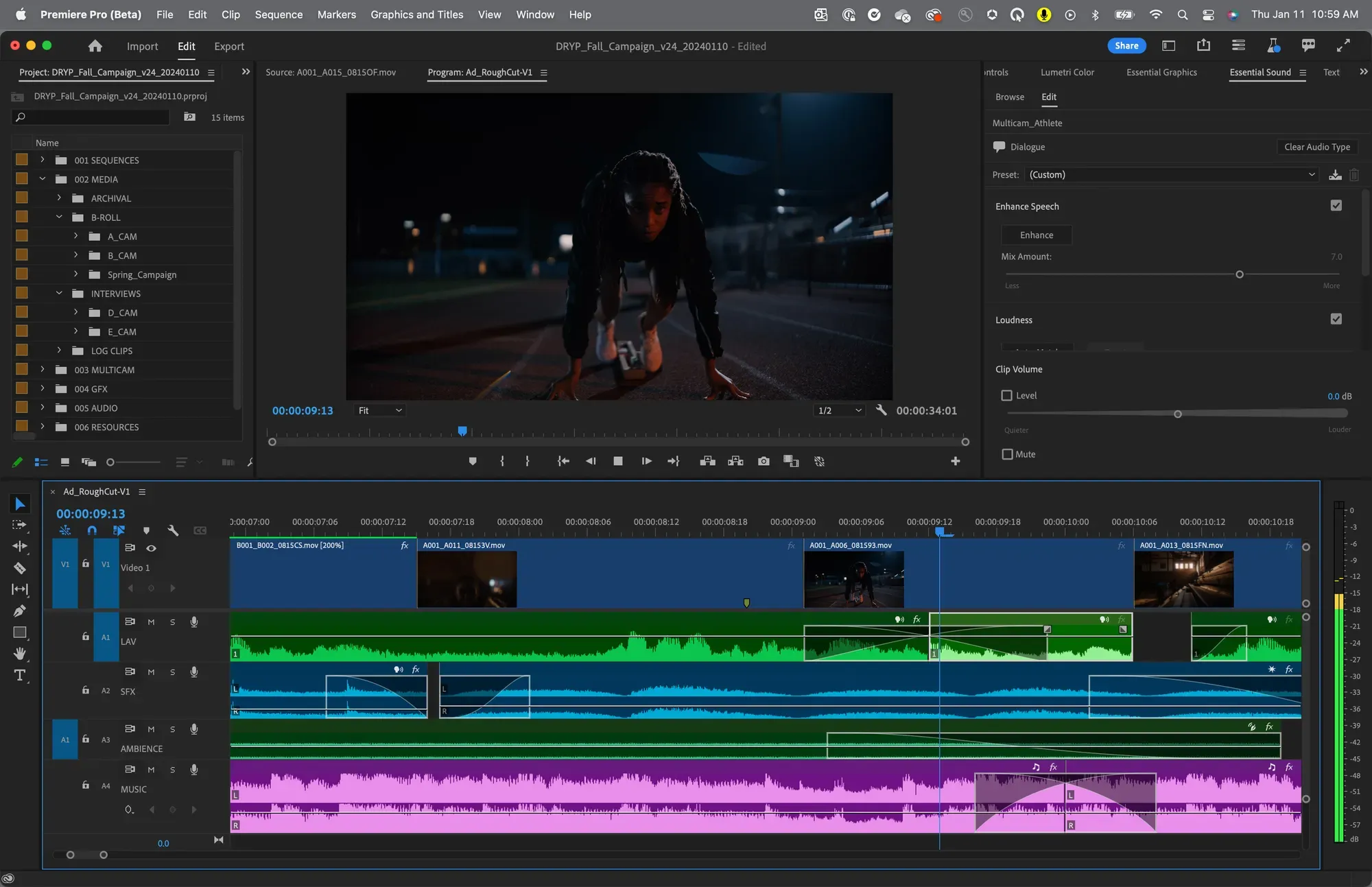


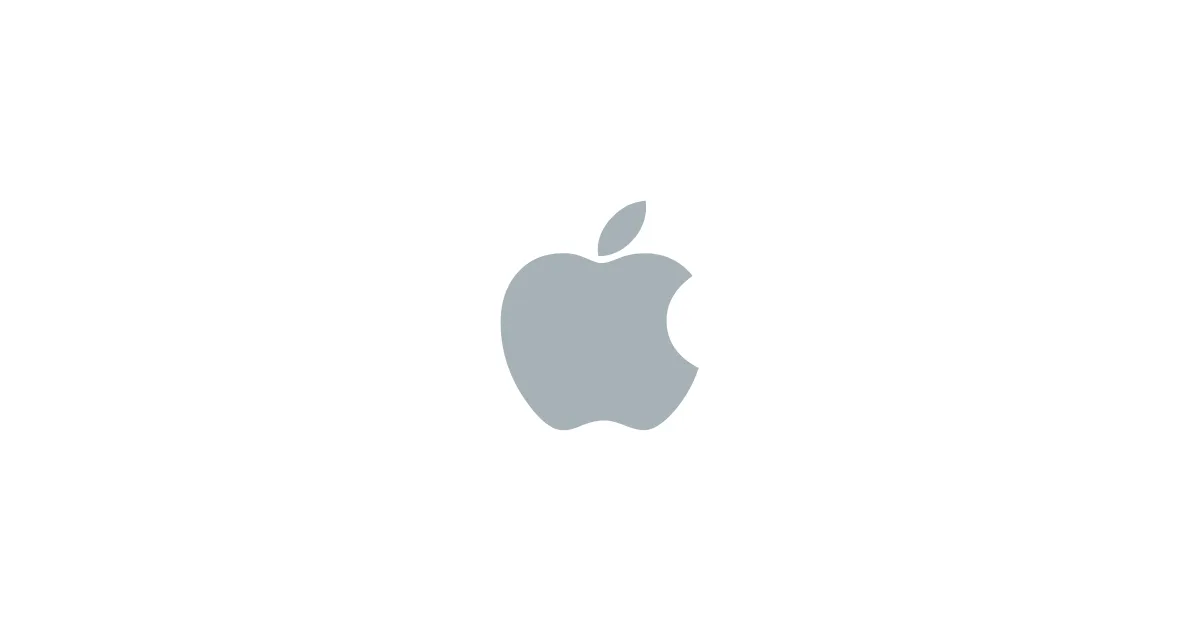
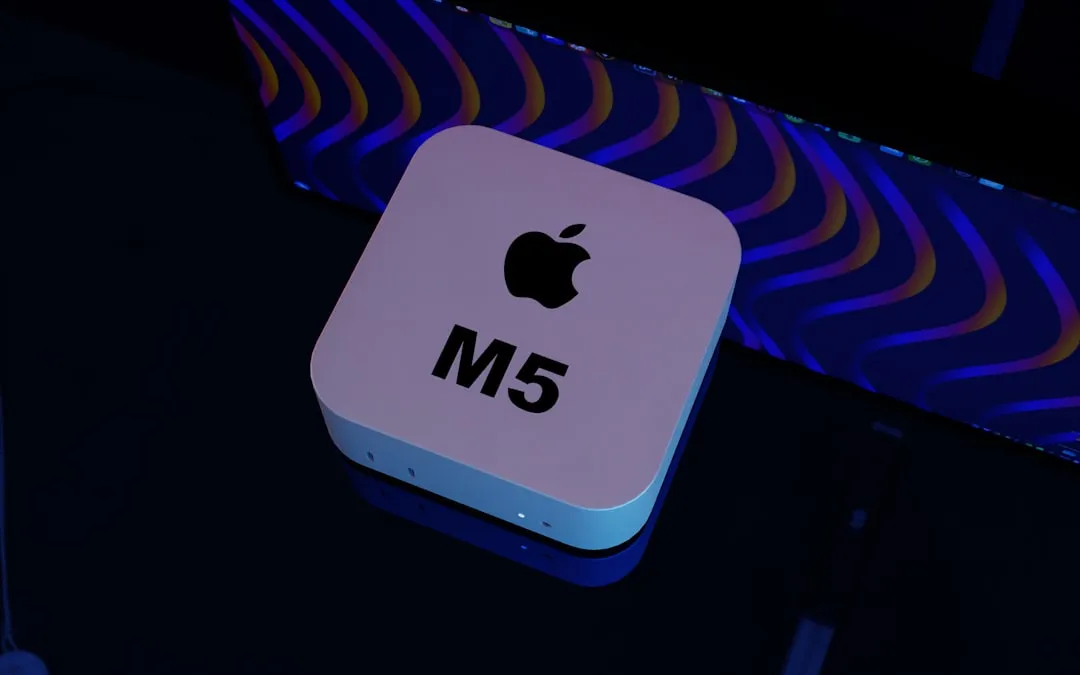
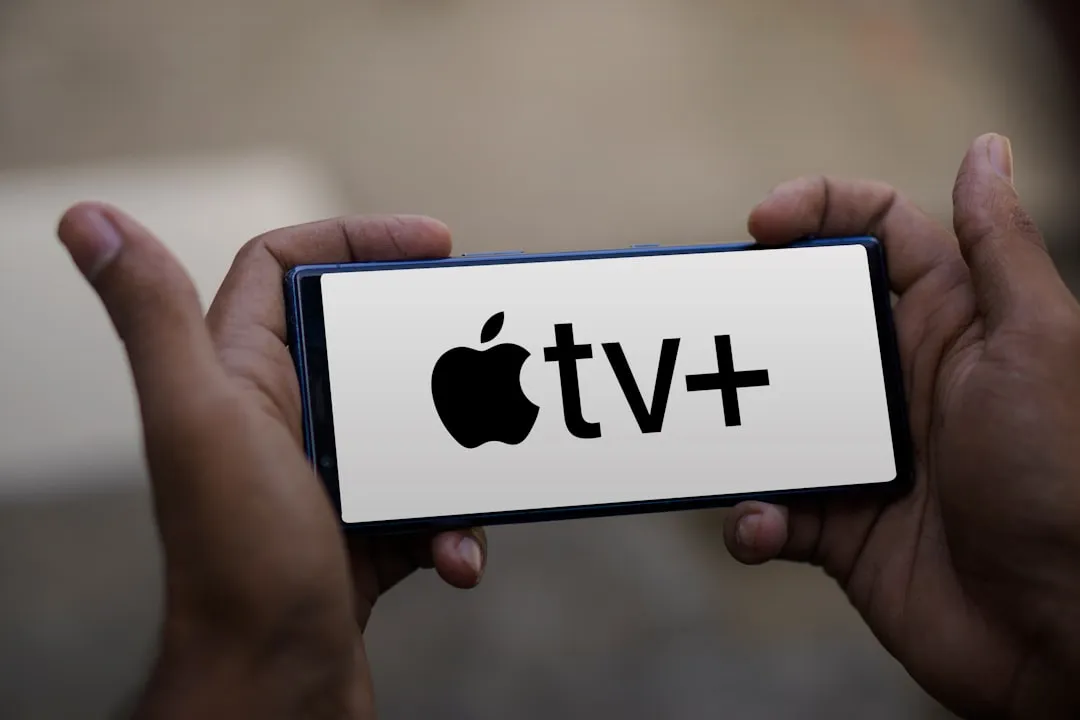
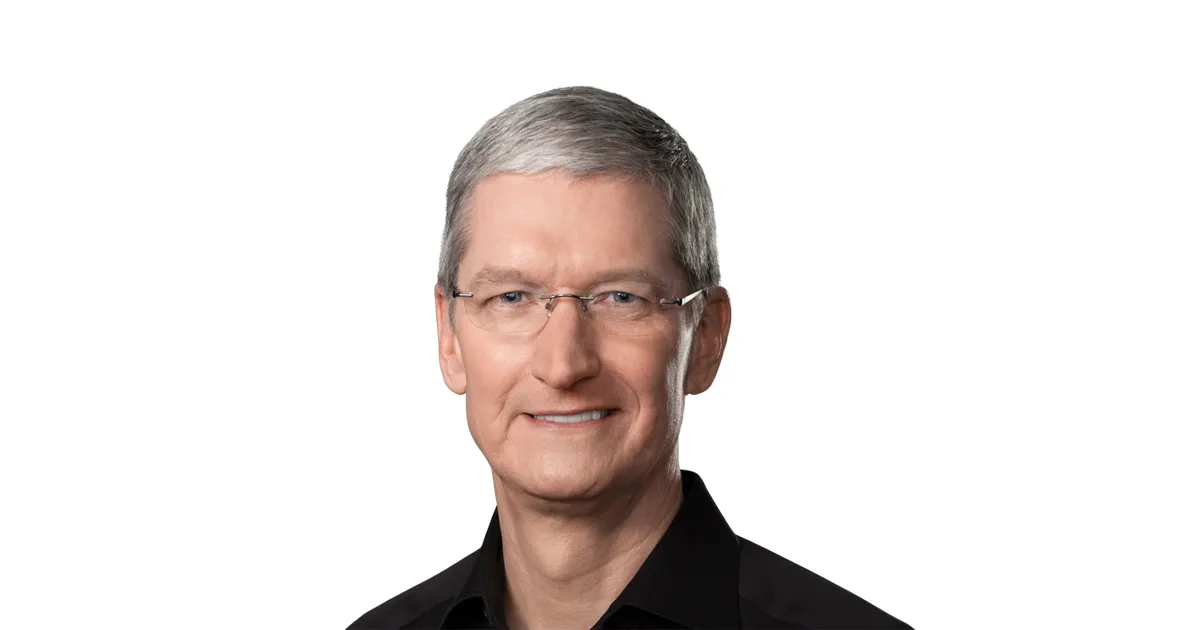
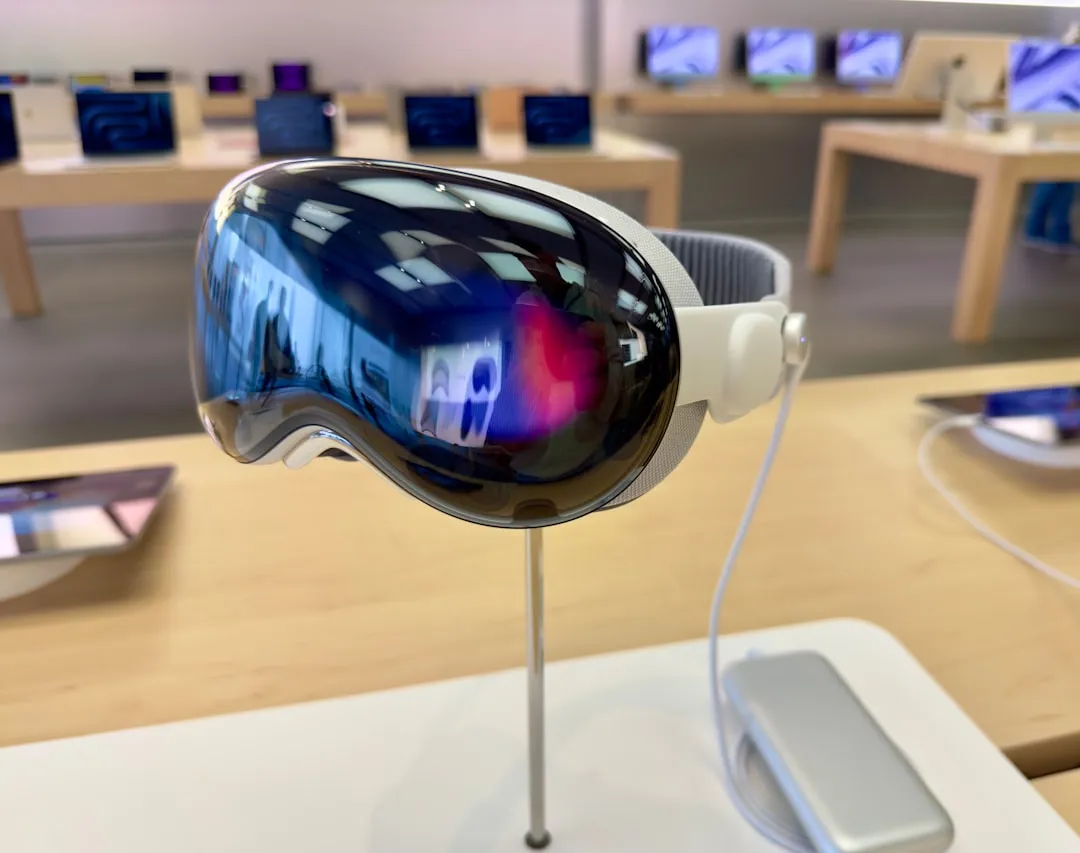
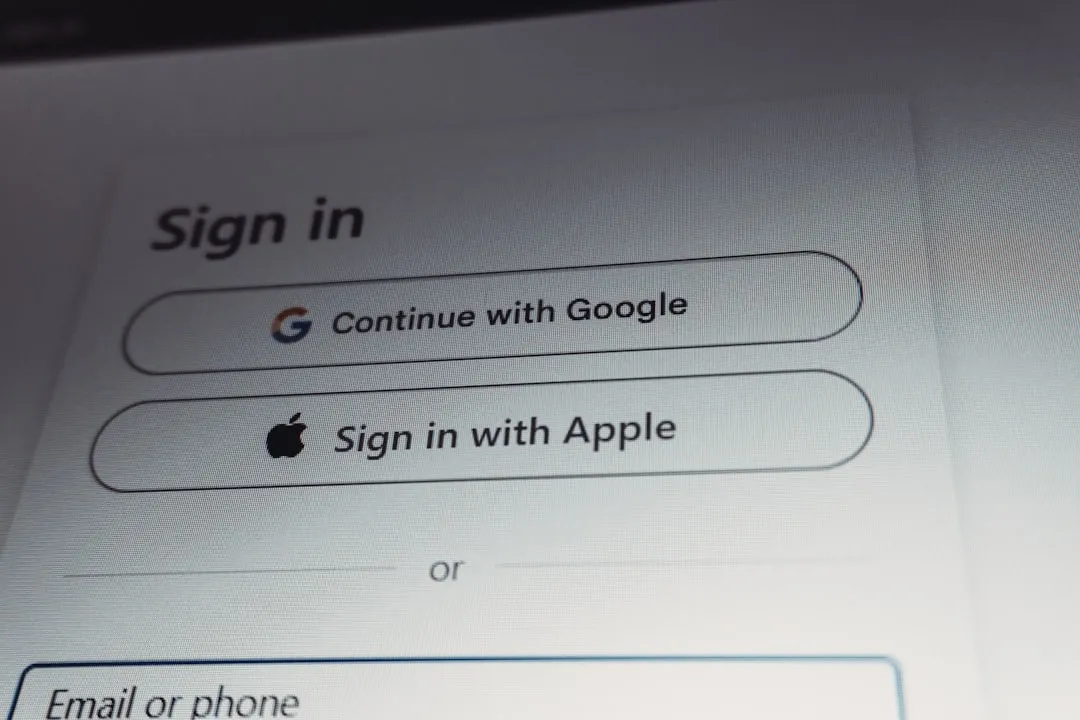
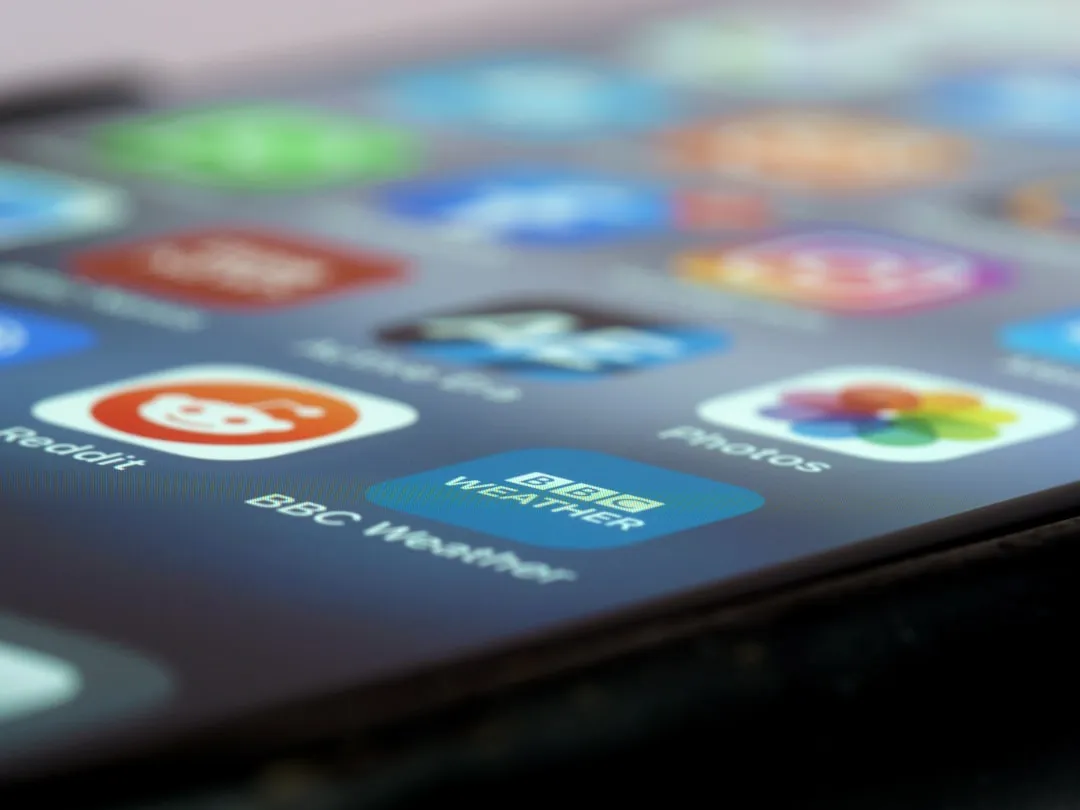
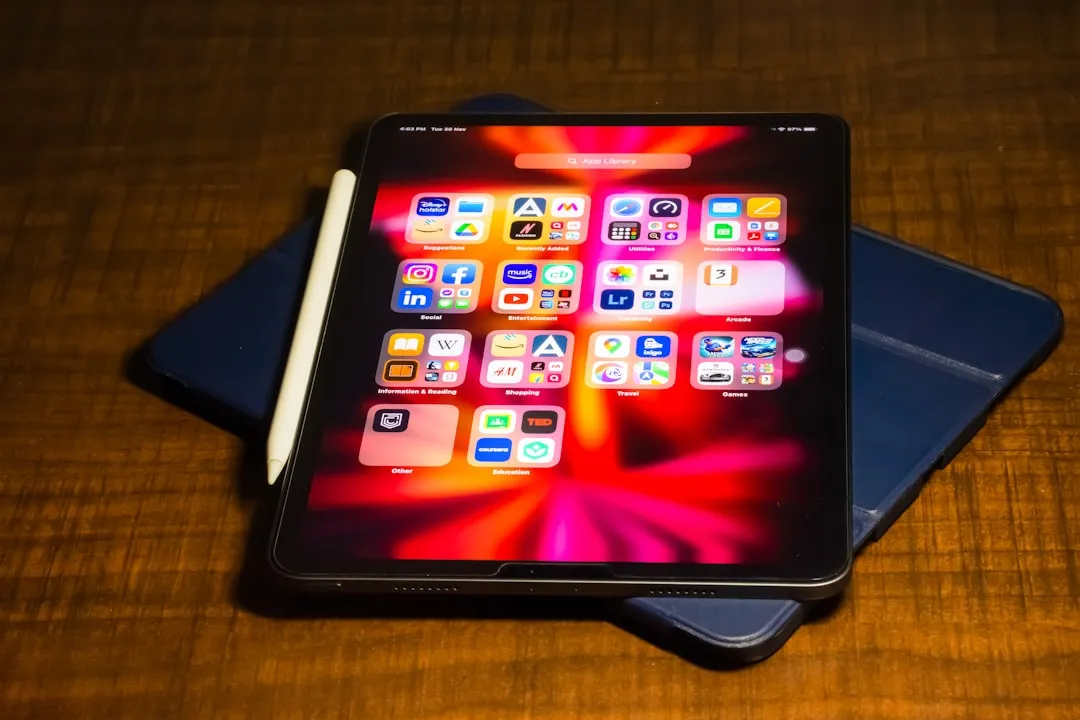
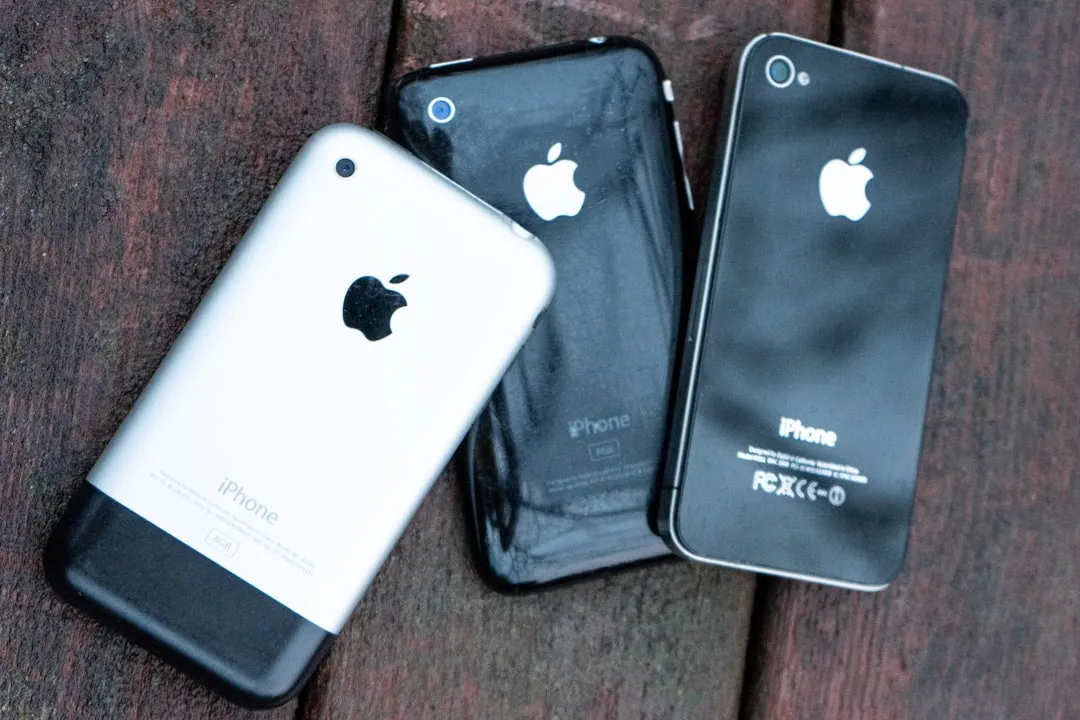
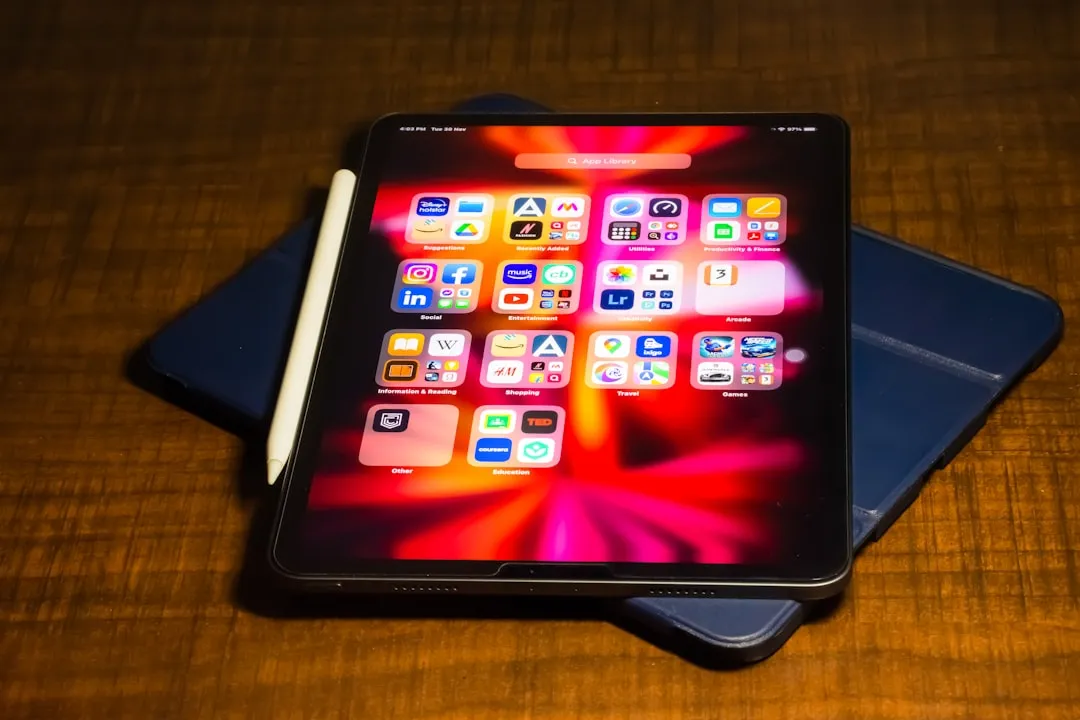

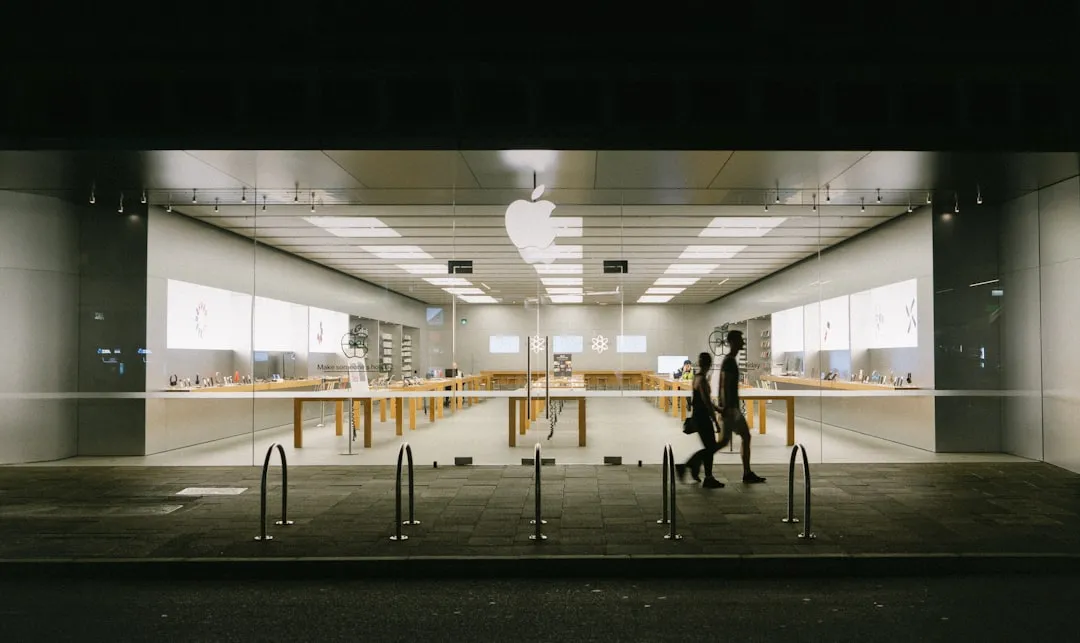
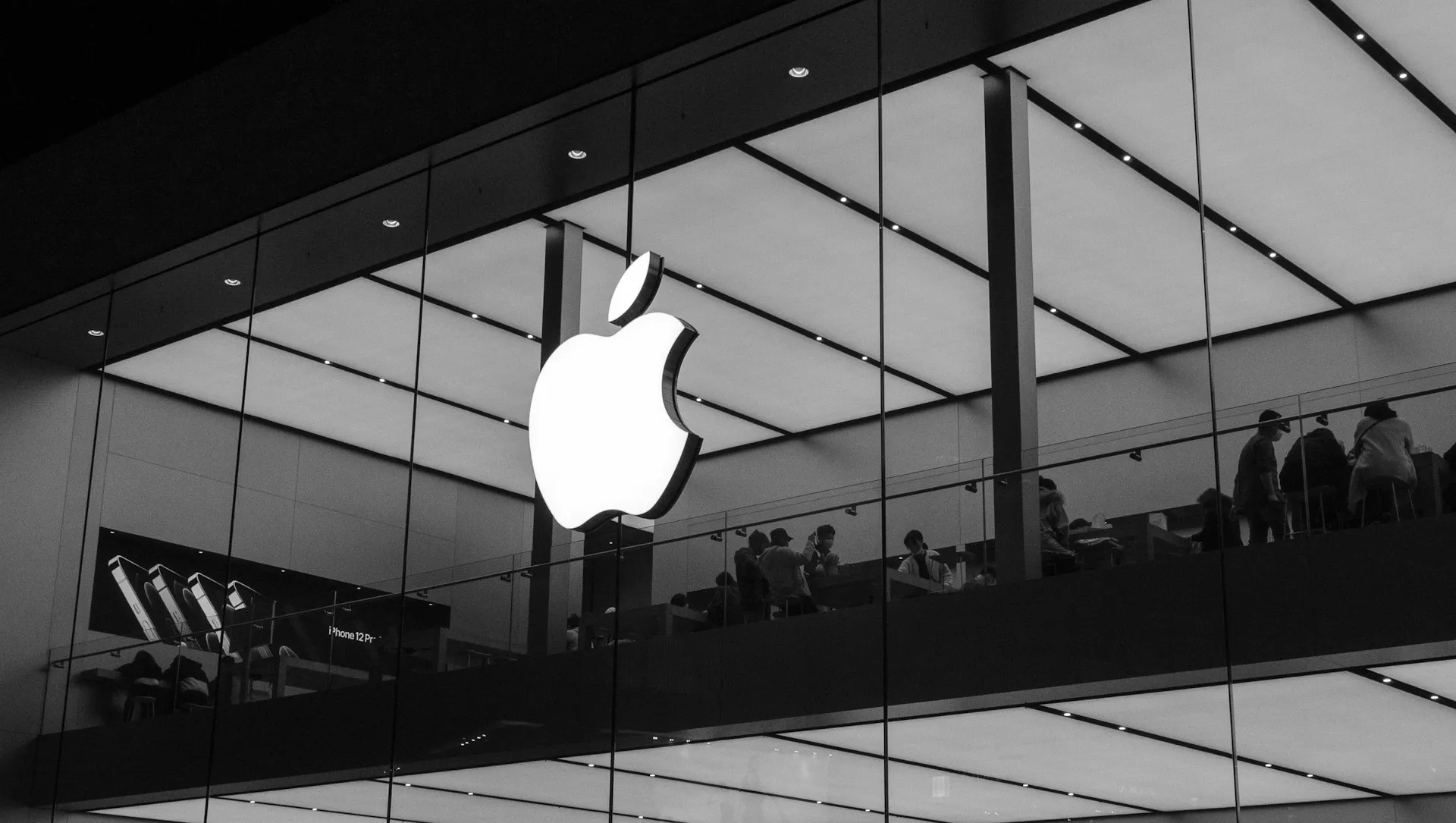
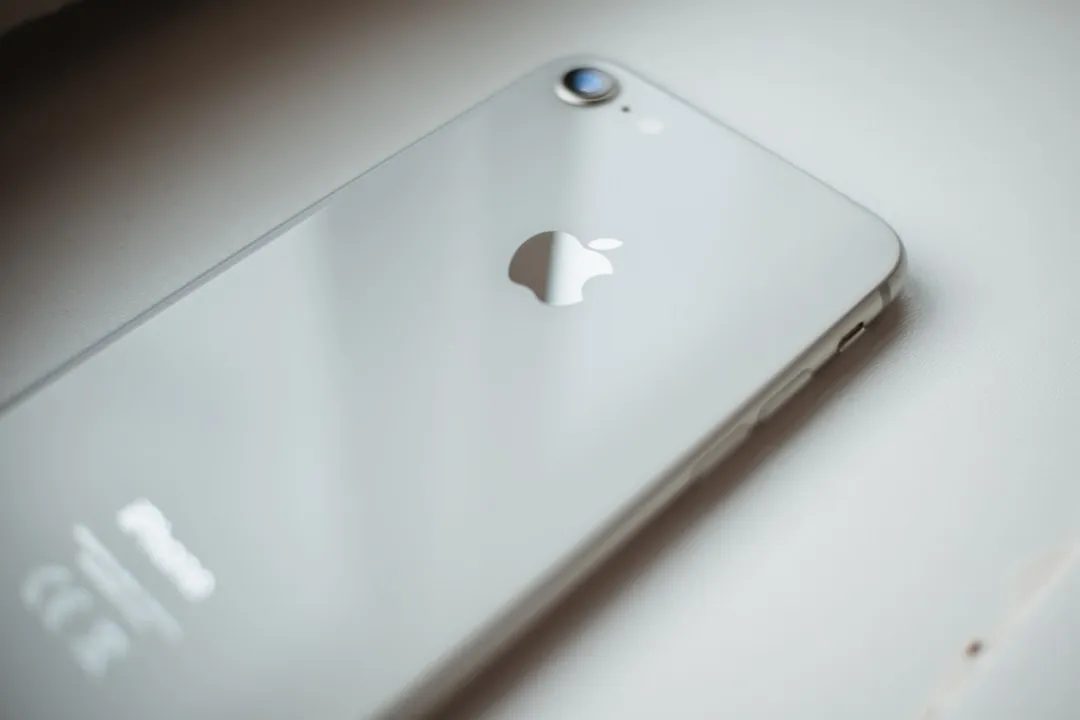
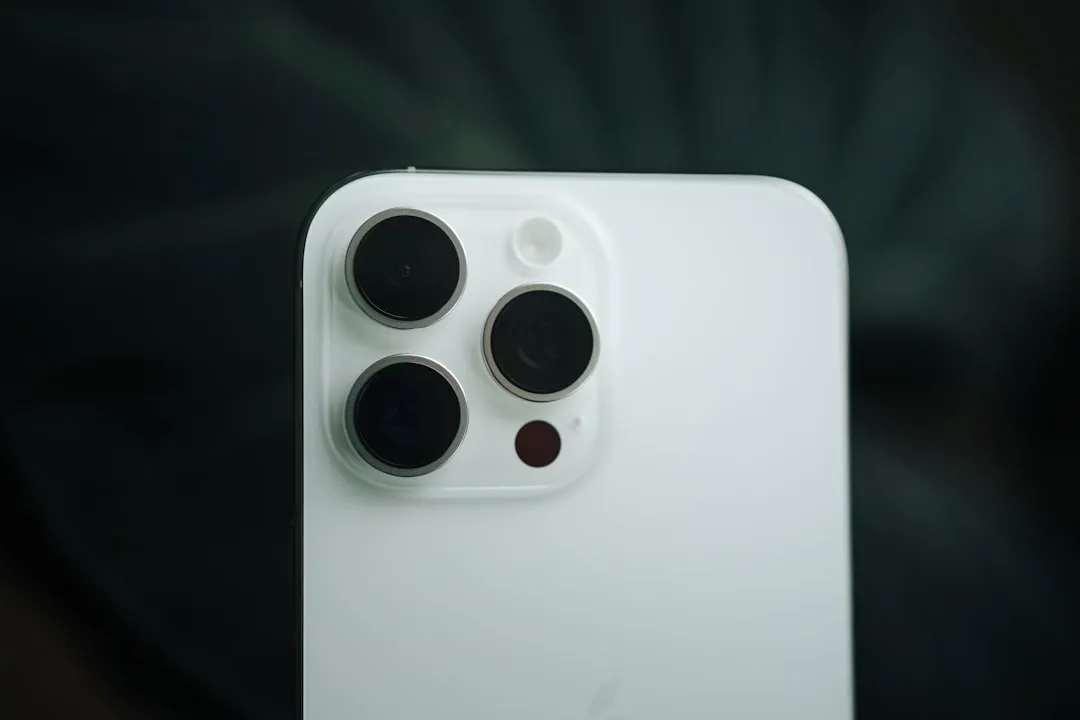

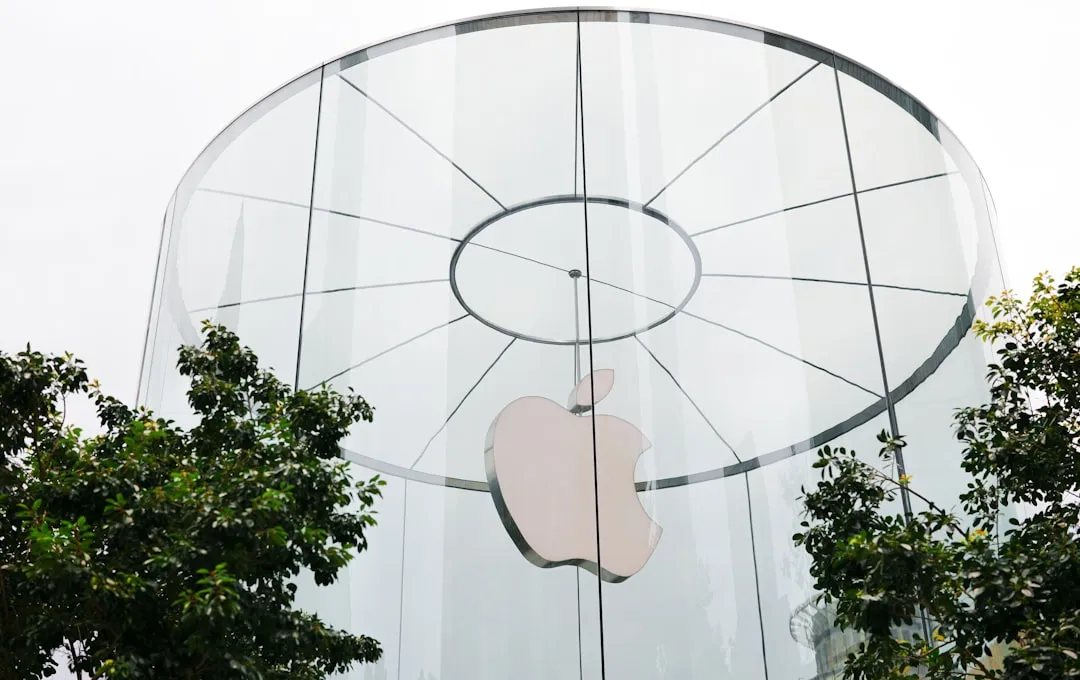

Comments
Be the first, drop a comment!